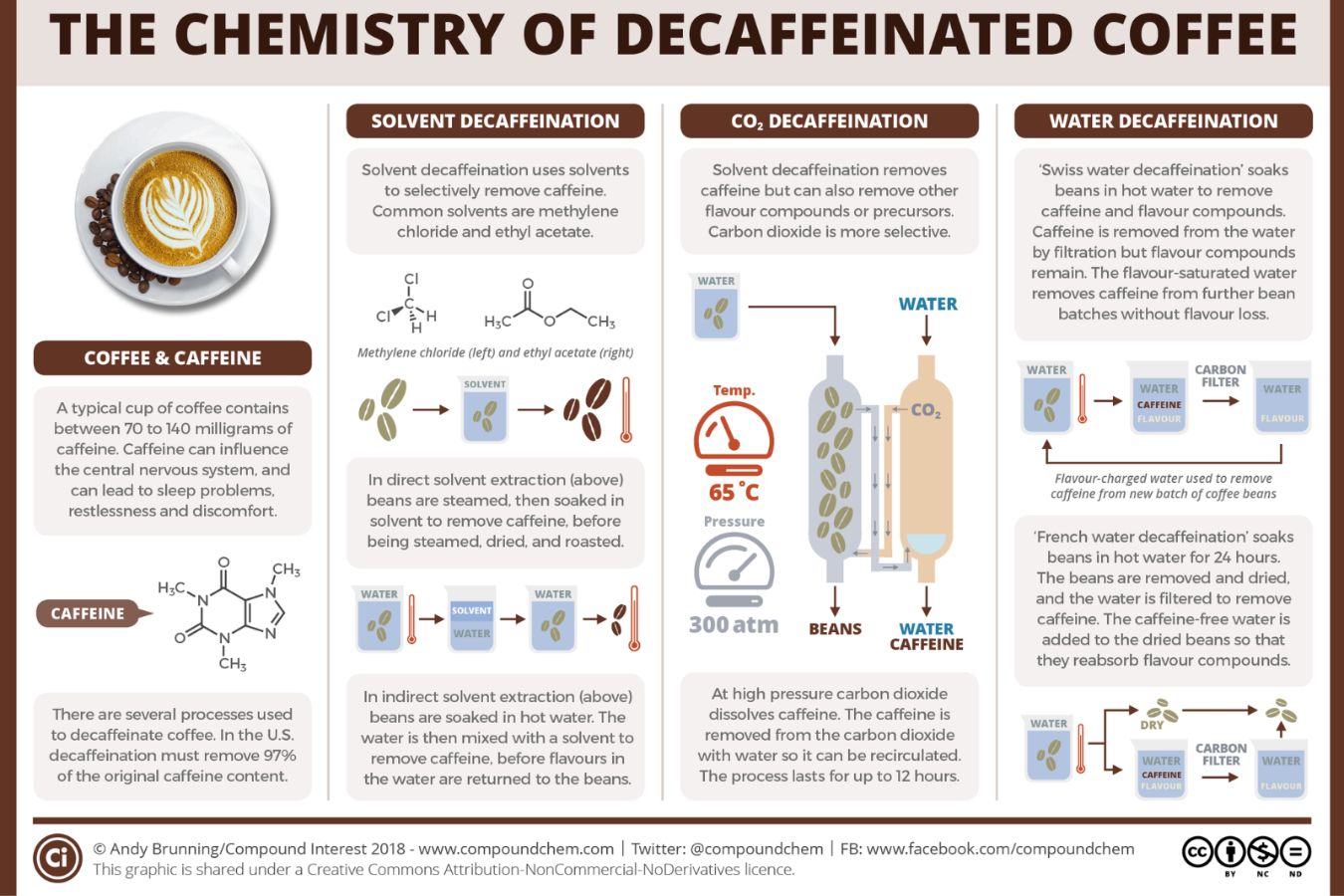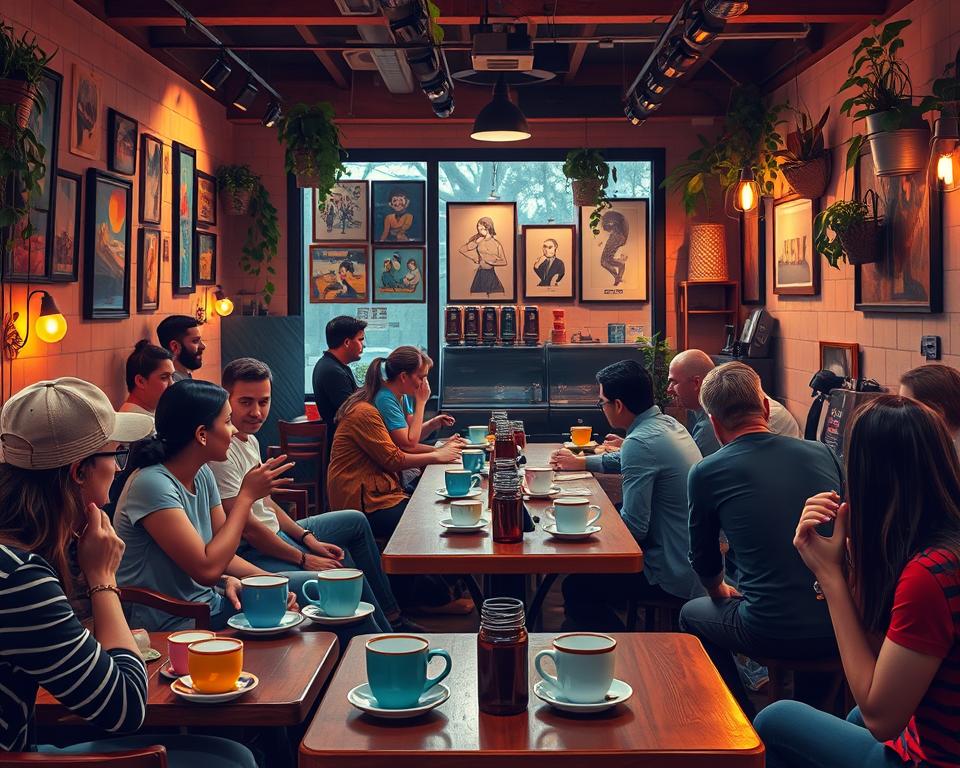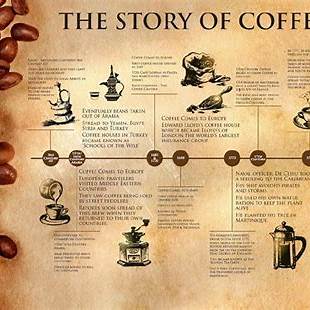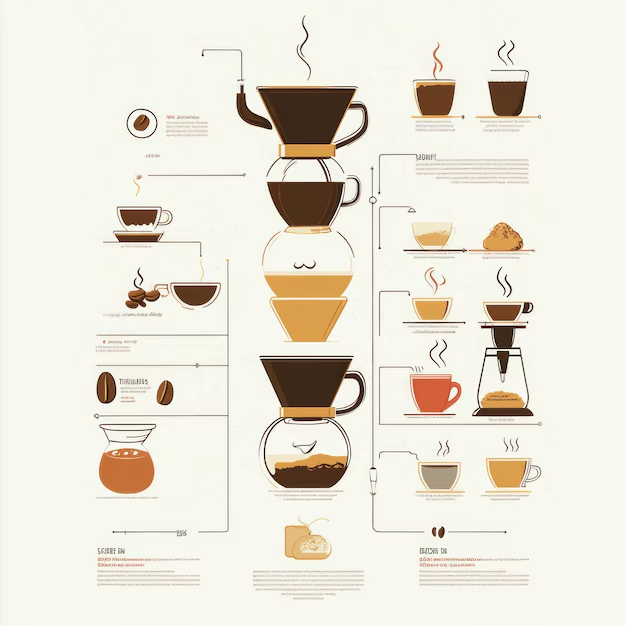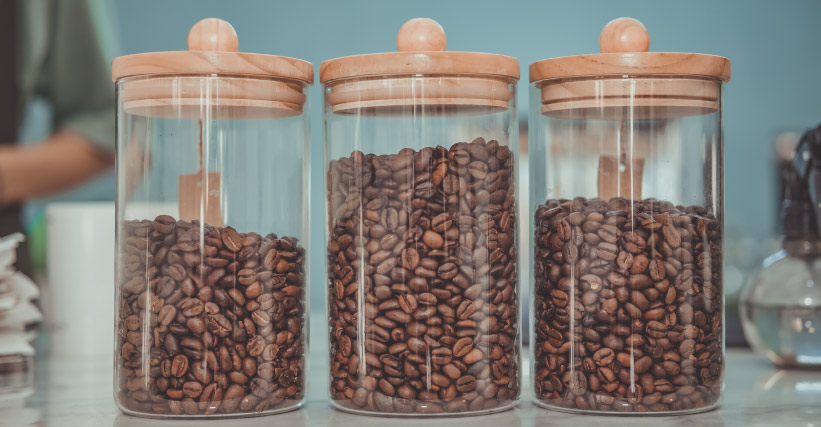Coffee is more than just a daily ritual; it’s a beverage steeped in history, culture, and surprising quirks. Whether you’re a casual drinker or a dedicated barista, these fascinating coffee facts will give you a deeper appreciation for your favorite brew.
1. Coffee Was Discovered by Goats
Legend has it that coffee was discovered by an Ethiopian goat herder named Kaldi in the 9th century. He noticed that his goats became unusually energetic after eating the red cherries from a certain shrub. Curious, he tried them himself and experienced a similar burst of energy. This discovery eventually led to the cultivation of coffee as a beverage.
2. Coffee Is the Second Most Traded Commodity
After crude oil, coffee is the second most traded commodity in the world. The global coffee industry is worth over $100 billion annually, supporting millions of farmers and workers, primarily in developing countries.
3. The Word “Coffee” Has Arabic Roots
The word “coffee” derives from the Arabic word “qahwa”, which originally referred to wine. As coffee spread through the Islamic world and later Europe, the name evolved into the Turkish “kahve”, the Italian “caffè”, and finally the English “coffee”.
4. Finland Leads in Coffee Consumption
Despite being a small country, Finland holds the record for the highest per capita coffee consumption. The average Finn drinks about 12 kilograms (over 26 pounds) of coffee annually. Coffee culture is deeply embedded in Finnish society, with multiple coffee breaks a day being the norm.
5. Espresso Means “Pressed Out” in Italian
Many people think “espresso” refers to a type of coffee bean or roast. In fact, the word comes from the Italian “esprimere”, meaning “to press out”. Espresso refers to the brewing method where hot water is forced through finely-ground coffee under high pressure, creating a rich, concentrated shot.
6. Decaf Coffee Still Contains Caffeine
Contrary to popular belief, decaffeinated coffee isn’t completely caffeine-free. A typical cup of decaf contains about 2-5 milligrams of caffeine, compared to 70-140 milligrams in a regular cup. So, while it reduces caffeine intake, it doesn’t eliminate it entirely.
7. Coffee Was Once Banned
Throughout history, coffee faced several bans:
- In Mecca (16th century) for stimulating radical thinking.
- In Europe, some Christian clergymen referred to it as “the devil’s drink”.
- In Sweden, King Gustav III banned coffee and even conducted experiments to prove its harmful effects.
Fortunately, these bans didn’t last, and coffee continued to thrive globally.
8. Coffee Beans Are Actually Seeds
What we call coffee beans are technically seeds. They are found inside the red or purple fruits known as coffee cherries. After harvesting, the seeds are extracted, processed, and roasted to become the coffee we drink.
9. The Most Expensive Coffee Comes From Animal Digestion
Kopi Luwak, or civet coffee, is made from beans that have been eaten and excreted by the Asian palm civet. The digestive enzymes are believed to enhance the flavor, creating a smoother, less acidic cup. Despite its high price, Kopi Luwak is controversial due to animal welfare concerns.
10. Instant Coffee Has Been Around Since the 1800s
Instant coffee was first invented in 1890 by David Strang in New Zealand. It gained popularity during World War I as it was easy to transport and prepare in the trenches. Today, instant coffee remains a convenient option, especially in regions like Eastern Europe and Asia.
11. Coffee Can Fuel Your Workout
Caffeine is known to improve physical performance by increasing adrenaline levels and breaking down body fat for use as energy. Drinking coffee before exercise can enhance endurance and strength, making it a popular pre-workout supplement.
12. Coffee Plants Can Live Over 100 Years
A healthy coffee plant can live for more than a century, although it typically produces commercially viable beans for about 20-30 years. Proper care and pruning can extend its productive lifespan significantly.
13. The World’s Largest Cup of Coffee Holds Over 22,000 Liters
The world record for the largest cup of coffee was set in Colombia in 2019. The massive mug contained over 22,000 liters (almost 6,000 gallons) of coffee, showcasing the country’s pride as one of the top coffee producers.
14. Coffee’s Aroma Contains Over 800 Compounds
The complex aroma of coffee is due to more than 800 aromatic compounds released during the roasting process. This makes coffee one of the most chemically complex beverages in the world, contributing to its wide variety of flavors and smells.
15. You Can Reuse Coffee Grounds
Used coffee grounds have a second life! They can be:
- Turned into compost for gardens.
- Used as a natural deodorizer.
- Employed as a skin exfoliant in homemade beauty products.
This makes coffee not only enjoyable but also environmentally versatile.
Final Thoughts
From its legendary discovery by goats to its place as a global commodity, coffee is a beverage full of rich history, cultural significance, and fascinating quirks. Next time you sip your favorite brew, remember these fun facts and share them with fellow coffee lovers.

